A traditional Buddhist rosary consists of 108 even-sized beads. It is usually held in the right hands of deities or lineage masters, symbolizing the purity of their speech through mantra recitation, devotion, and compassionate awareness. Many Indian and Tibetan lineage masters may also be represented with a rosary coiled around either their left or right wrist. The number 108 is a sacred or ‘perfect’ number in the Hindu, Jain, and Buddhist traditions, and corresponds to the classical number of names assigned to a deity or god. As a multiple of twelve and nine it represents the nine planets in the twelve zodiac houses. As a multiple of four and twenty-seven it represents the four (weekly) quarters of the moon in each of the twenty-seven ‘lunar mansions’ or constellations. The traditional Buddhist rosary of 108 beads is strung upon a thread consisting of three or nine strands, symbolizing the Three Jewels, or Vajradhara (the Tantric archetypal Buddha, the embodiment of all buddhas, ultimate teacher of all Tantras) and the Eight Bodhisattvas. These strung beads also represent the continuity of the Buddhadharma piercing the 108 various worldly dharmas.
Menu


